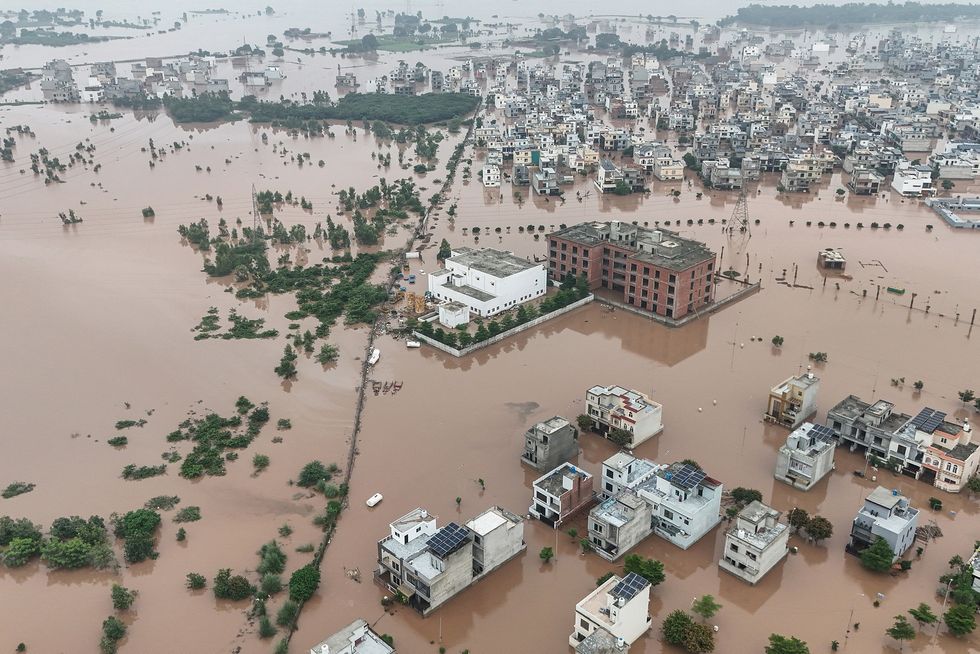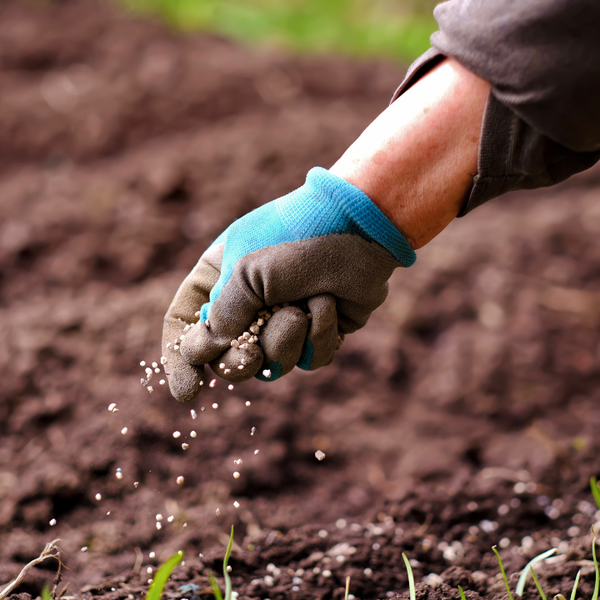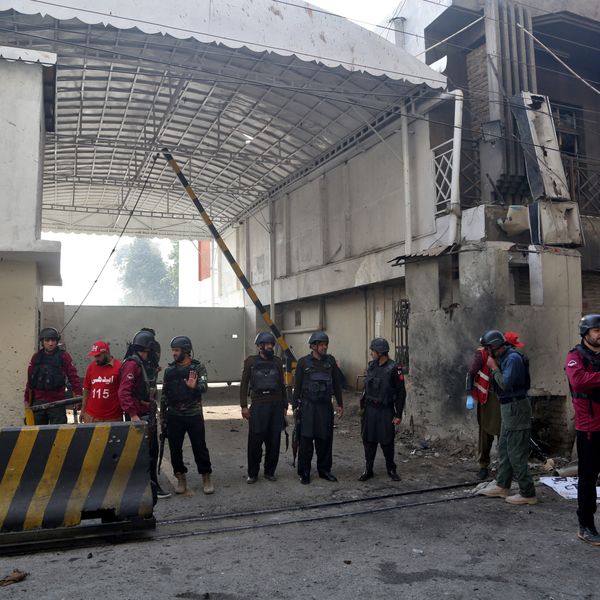Pakistan braces for more rains as floods devastate Punjab and threaten Sindh
Heavy rains forecast for Punjab, KP, Islamabad as Sindh braces for 1m cusecs; CM urges climate policy after 24 more deaths in a day
News Desk
The News Desk provides timely and factual coverage of national and international events, with an emphasis on accuracy and clarity.

Displaced residents seek refuge on higher ground after Chenab River floods in Chiniot, Punjab, Aug 30, 2025.
Reuters
Pakistan meteorological authorities have warned of more heavy rains across parts of Punjab today, raising concerns as floods continue to wreak havoc, with swollen rivers and surging waters already devastating communities.
The floods that first battered Punjab are now making their way downstream, with nearly one million cusecs of water expected to pass through Sindh’s Guddu Barrage in the coming days.
Authorities warn the influx could intensify pressure on embankments and test flood protection systems already stretched by weeks of heavy rain.

Chief Minister Murad Ali Shah said his immediate priority was ensuring Sindh safely navigates the next 10 to 15 days. He stressed the need for long-term climate resilience policies, warning that recurring disasters had become a stark reminder of Pakistan’s vulnerability to climate change.
In the past 24 hours alone, floods and rain-related incidents have claimed at least 23 lives across the country, highlighting the human cost of the unfolding emergency. Rescue and relief operations are ongoing, but access to several inundated areas remains difficult.
Officials have urged residents in low-lying regions to take precautionary measures and cooperate with evacuation plans where necessary. With forecasts predicting continued downpours, experts caution that both urban flooding and river overflows could escalate in the days ahead.

Sindh, however, presents a distinct challenge. Unlike Punjab, where floodwaters often drain quickly back into rivers, Sindh’s lower elevation relative to the Indus River means floodwater stagnates for weeks or months, worsening its impact.
Shah emphasized that the eastern rivers - Chenab, Ravi, and Sutlej - converge at Panjnad, from where it typically takes two days for the water to reach Sindh. Peak flows are expected at Guddu Barrage on September 6, he added.
Sindh ‘ready’ for 910,000 cusecs
In preparation, the Sindh government has raised embankments by six feet and reinforced vulnerable sections. “We are prepared to handle up to 910,000 cusecs,” Shah told reporters, adding that provincial authorities remain on high alert to protect lives, property, and infrastructure.
Highlighting specific concerns, Shah identified Shank Bund as the most vulnerable structure, protecting about 5,000 acres of katcha land and the Qadirpur Loop Bund. Historically, the embankment could withstand only 250,000 to 300,000 cusecs. “This year, over 550,000 cusecs have already passed through it, and more is on the way. We must remain fully prepared,” he warned.
The chief minister said officials have been stationed at checkpoints every quarter-mile along protective dykes, with 16 personnel assigned to each point to respond immediately to leaks. “In floods of this magnitude, small breaches are common, but they are fixed immediately,” he said.
Shah, who recently inspected the Guddu and Sukkur barrages, said six vulnerable points had been identified near Guddu. Machinery and reinforcement material have already been moved there.
‘Climate change is a reality’
Provincial irrigation officials, he added, are confident the floodwaters will pass through the barrages safely. “Ultimately, all this water must flow into the Indus and then to the sea. The key issue is how much arrives at one time,” he explained.
Acknowledging the broader challenge, Shah stressed that “climate change is a reality with extremely dangerous consequences.” His immediate focus, he said, is to ensure Sindh can safely navigate the next 10 to 15 days.
“Our foremost priority is to protect human lives, while also safeguarding people’s homes, land, and livestock.”










Comments
See what people are discussing